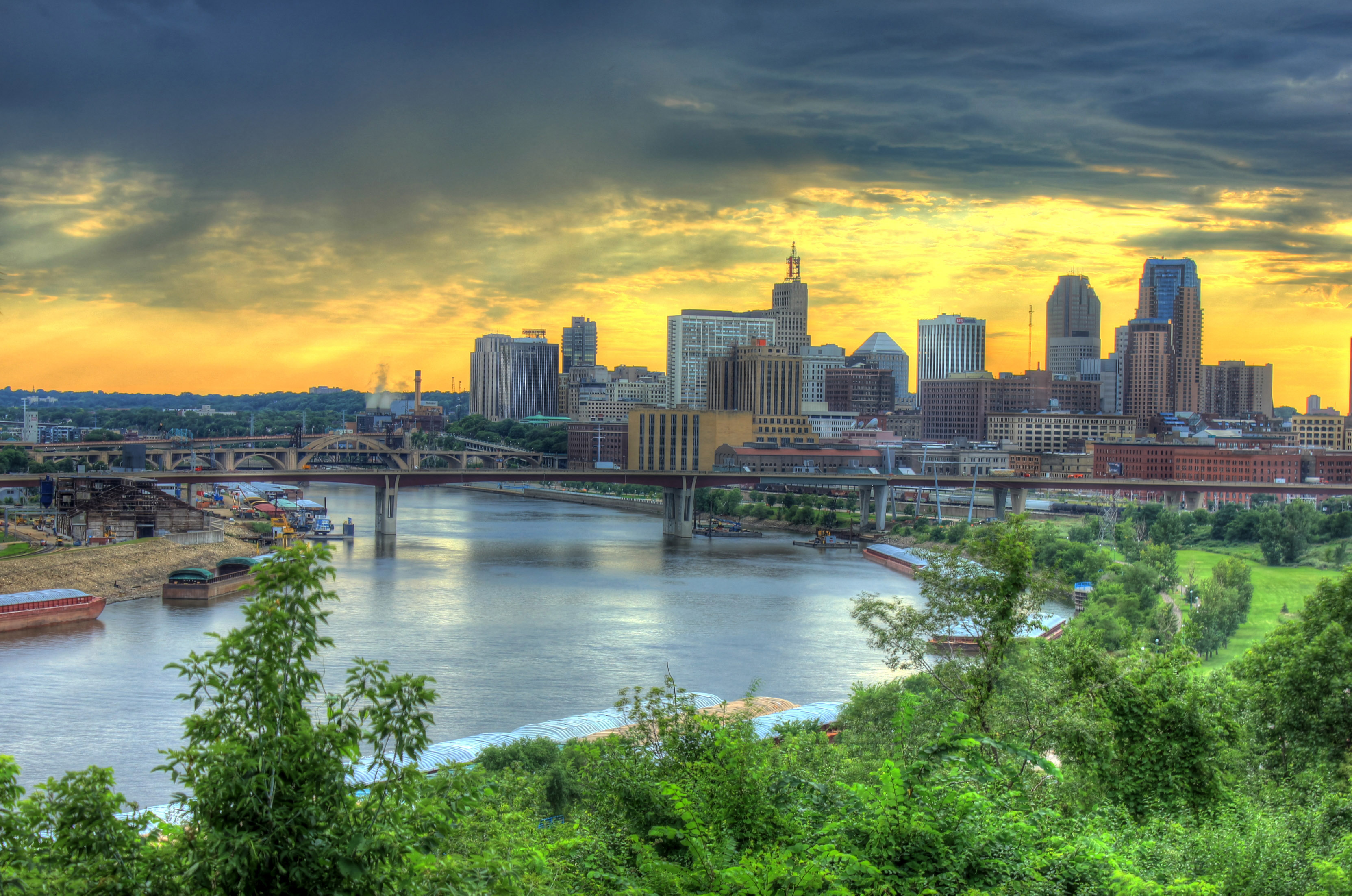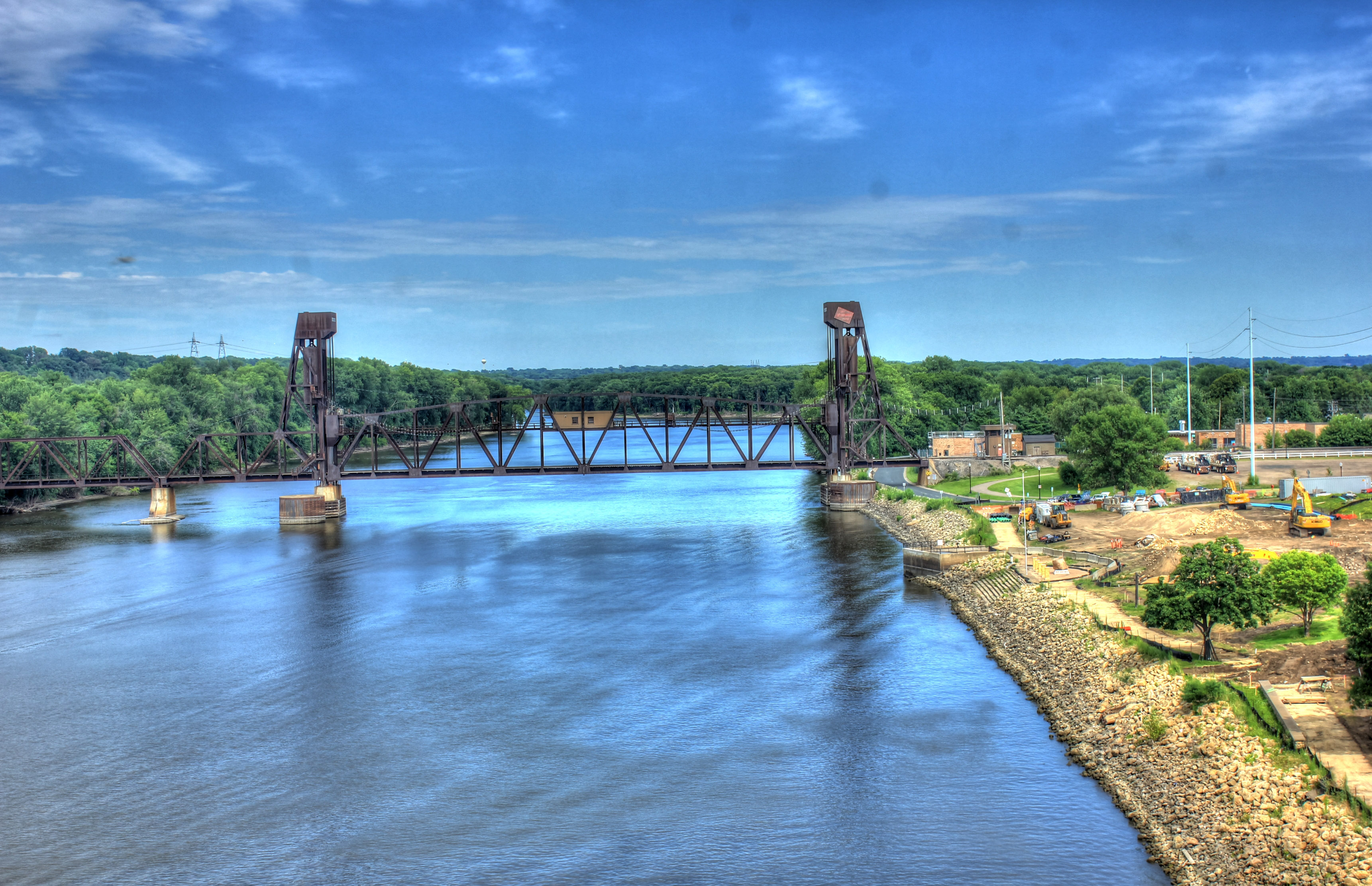Minnesota River’s Geography and History
The Minnesota River, a major tributary of the Mississippi River, plays a significant role in shaping the landscape and history of Minnesota. Its length of 342 miles (550 kilometers) begins at Big Stone Lake on the border of Minnesota and South Dakota, where the Whetstone and Pomme de Terre rivers converge. From there, it flows southeast through a fertile valley, carving its path through the state’s prairies, wetlands, and forests before emptying into the Mississippi River near St. Paul.
The Minnesota River, a meandering waterway coursing through the heart of the Midwest, has witnessed both tranquility and tragedy. Its waters have borne the weight of countless stories, including the fateful Rapidan Dam break. This catastrophic event unleashed a torrent of destruction, forever altering the river’s course.
Yet, amidst the devastation, the Minnesota River endures, its resilience a testament to the indomitable spirit that flows within its banks.
Native American Significance
For centuries, the Minnesota River has been a vital resource for Native American tribes, including the Dakota, Ojibwe, and Ho-Chunk. They relied on its waters for fishing, transportation, and agriculture. The river’s fertile floodplains provided rich soil for growing crops, and its banks offered shelter and hunting grounds.
The Minnesota River, a majestic waterway that meanders through the heartland of America, offers a glimpse into the region’s rich history and natural beauty. Flowing from Big Stone Lake to the Mississippi River, it nourishes the surrounding landscape and supports diverse ecosystems.
Along its course, the river encounters the Rapidan Dam, a historic structure that regulates its flow. To learn more about this captivating landmark, explore where is rapidan dam. Continuing its journey, the Minnesota River meanders onward, its waters carrying tales of a bygone era.
European Settlement
European settlers arrived in the Minnesota River Valley in the 19th century, drawn by the promise of fertile land and abundant resources. They established towns and cities along its banks, including Mankato, St. Peter, and Shakopee. The river also served as a transportation route, connecting the interior of Minnesota to the Mississippi River and beyond.
The Minnesota River, a vital waterway meandering through the heart of the Midwest, has witnessed its share of historical events. One such incident, the Rapidan Dam failure , forever altered the river’s course. The collapse of this dam in 1965 unleashed a torrent of water, carving a new path for the river and leaving an enduring mark on its landscape.
Yet, the Minnesota River’s resilience prevailed, as it continues to flow, carrying the memories of its past while shaping the present.
Ecological Importance of the Minnesota River

The Minnesota River is a vital ecological resource that supports a diverse array of flora and fauna. Its waters provide habitat for numerous fish species, including walleye, northern pike, and smallmouth bass. The river’s banks and floodplain are home to a variety of plant communities, including forests, wetlands, and prairies. These habitats provide food and shelter for a wide range of wildlife, including deer, turkeys, and bald eagles.
Role in Migratory Bird Habitat
The Minnesota River is also an important migratory stopover for birds. During spring and fall migrations, millions of birds use the river’s corridor to rest and feed. The river’s floodplain provides a rich source of food for migrating waterfowl, shorebirds, and songbirds. The river’s forests and wetlands provide nesting habitat for a variety of bird species, including wood ducks, hooded mergansers, and great blue herons.
Endangered Species Habitat
The Minnesota River is home to several endangered species, including the federally endangered least tern and piping plover. These birds nest on the river’s sandbars and gravel bars. The river’s water quality and habitat conditions are essential for the survival of these endangered species.
Conservation Efforts
There are a number of conservation efforts underway to protect and restore the Minnesota River’s ecological integrity. These efforts include:
- Protecting and restoring riparian habitat
- Reducing pollution
- Managing invasive species
- Educating the public about the importance of the river
These efforts are essential to ensuring that the Minnesota River continues to be a vital ecological resource for future generations.
Recreation and Tourism on the Minnesota River

The Minnesota River, with its scenic beauty and natural wonders, offers a wide range of recreational opportunities that attract tourists and locals alike. From fishing and boating to hiking and camping, the river provides a haven for outdoor enthusiasts.
Fishing
The Minnesota River is renowned for its excellent fishing opportunities. Anglers can cast their lines for a variety of fish species, including walleye, northern pike, bass, and catfish. The river’s diverse habitats, from deep pools to shallow riffles, provide ample feeding and spawning grounds for these fish.
Boating
Boating is another popular activity on the Minnesota River. The river’s gentle current and wide channels make it suitable for canoes, kayaks, and small motorboats. Visitors can enjoy leisurely cruises, explore secluded coves, and admire the river’s scenic beauty from a unique perspective.
Hiking
The Minnesota River Valley State Trail, a paved trail that runs along the river’s banks, offers scenic hiking and biking opportunities. The trail meanders through forests, prairies, and wetlands, providing hikers with breathtaking views of the river and its surroundings.
Economic Impact
Tourism related to the Minnesota River has a significant economic impact on the region. Visitors spend money on lodging, dining, shopping, and other services, supporting local businesses and creating jobs. The river’s scenic beauty and recreational opportunities also attract new residents and businesses, further boosting the local economy.
Table: Recreational Opportunities by River Section, Minnesota river
| River Section | Fishing | Boating | Hiking |
|—|—|—|—|
| Upper Minnesota River | Excellent walleye and northern pike fishing | Suitable for canoes and kayaks | Minnesota River Valley State Trail |
| Middle Minnesota River | Good bass and catfish fishing | Suitable for motorboats | Minnesota River Valley State Trail |
| Lower Minnesota River | Fair fishing opportunities | Suitable for larger motorboats | Minnesota River Valley State Trail (limited access) |
The Minnesota River, a lifeline for many communities, meanders through the state’s heartland. Its waters flow towards the Mississippi River, passing through picturesque landscapes. Along its course, the river is harnessed for power at the Rapidan Dam located near Mankato.
The dam’s turbines generate electricity, providing a sustainable energy source for the region. Beyond the dam, the Minnesota River continues its journey, nourishing the land and connecting people.
The Minnesota River, a serpentine ribbon winding through the heartland, has witnessed countless tales unfold along its banks. Yet, one chapter in its history forever etched in memory is the rapidan dam flooding of 2010. The once-tranquil waters swelled with an unprecedented fury, submerging homes and uprooting lives.
But like the river itself, the spirit of the people endured, rising above the adversity and rebuilding their shattered dreams.